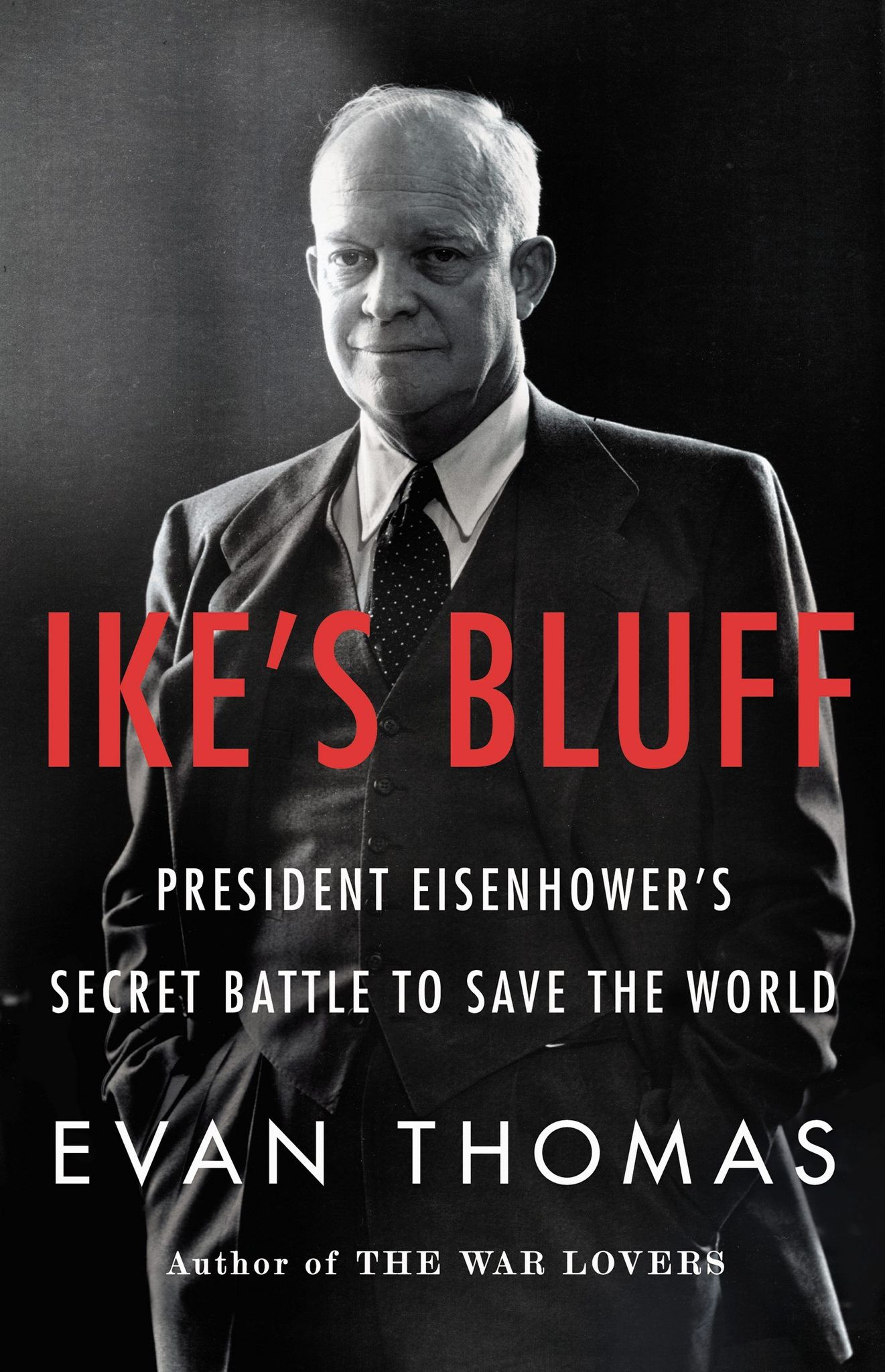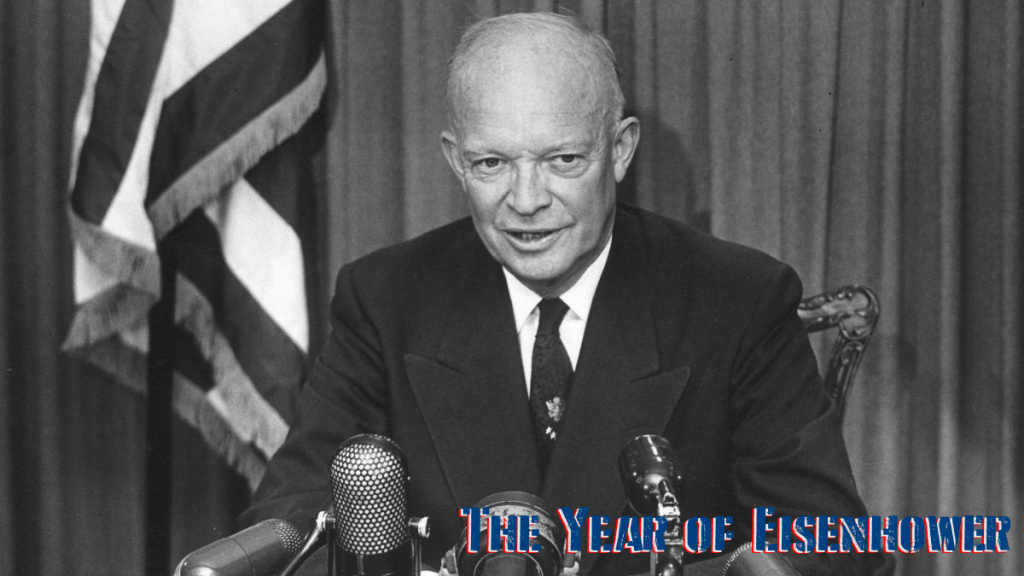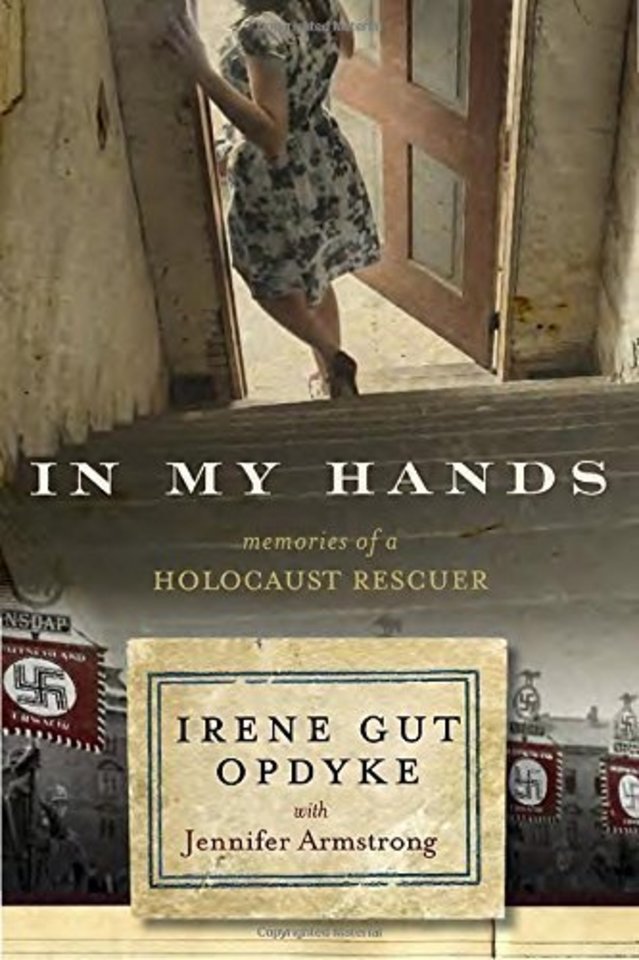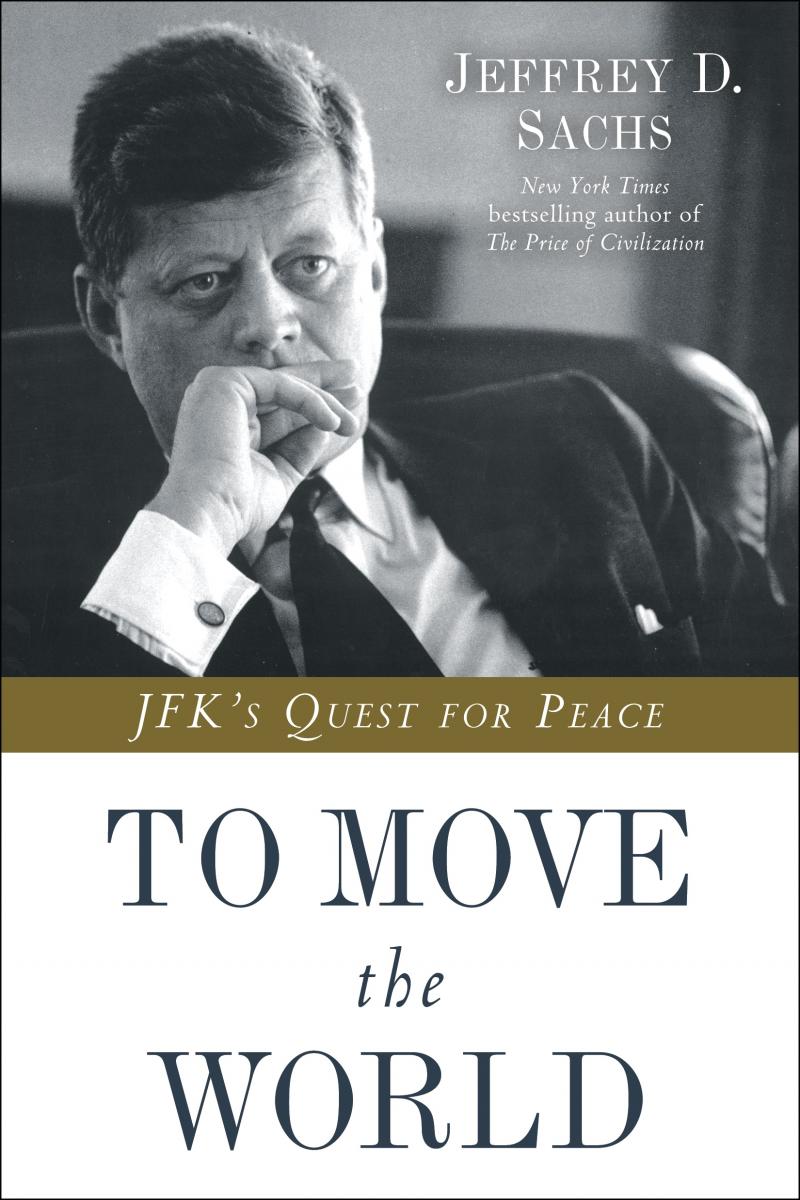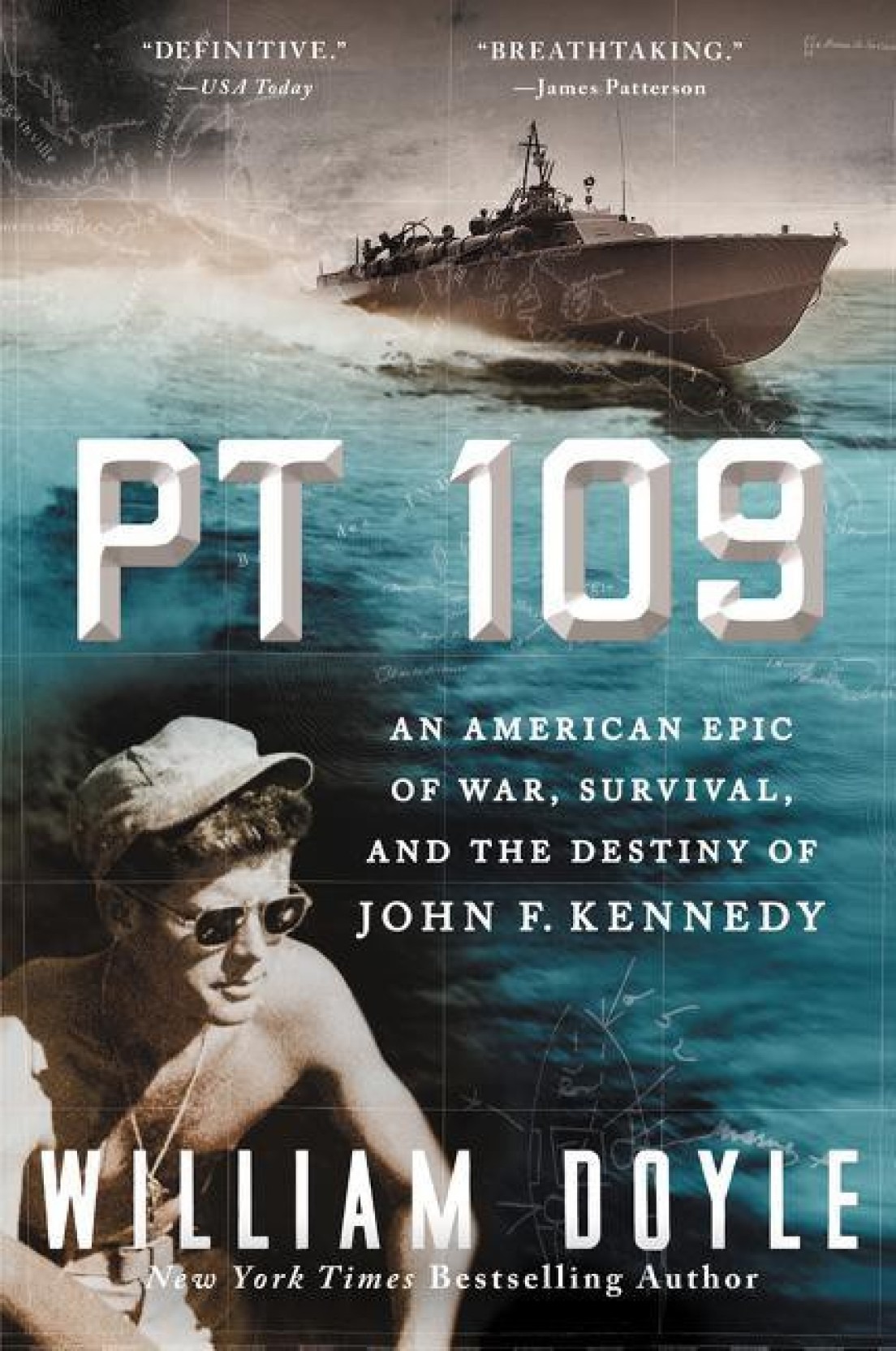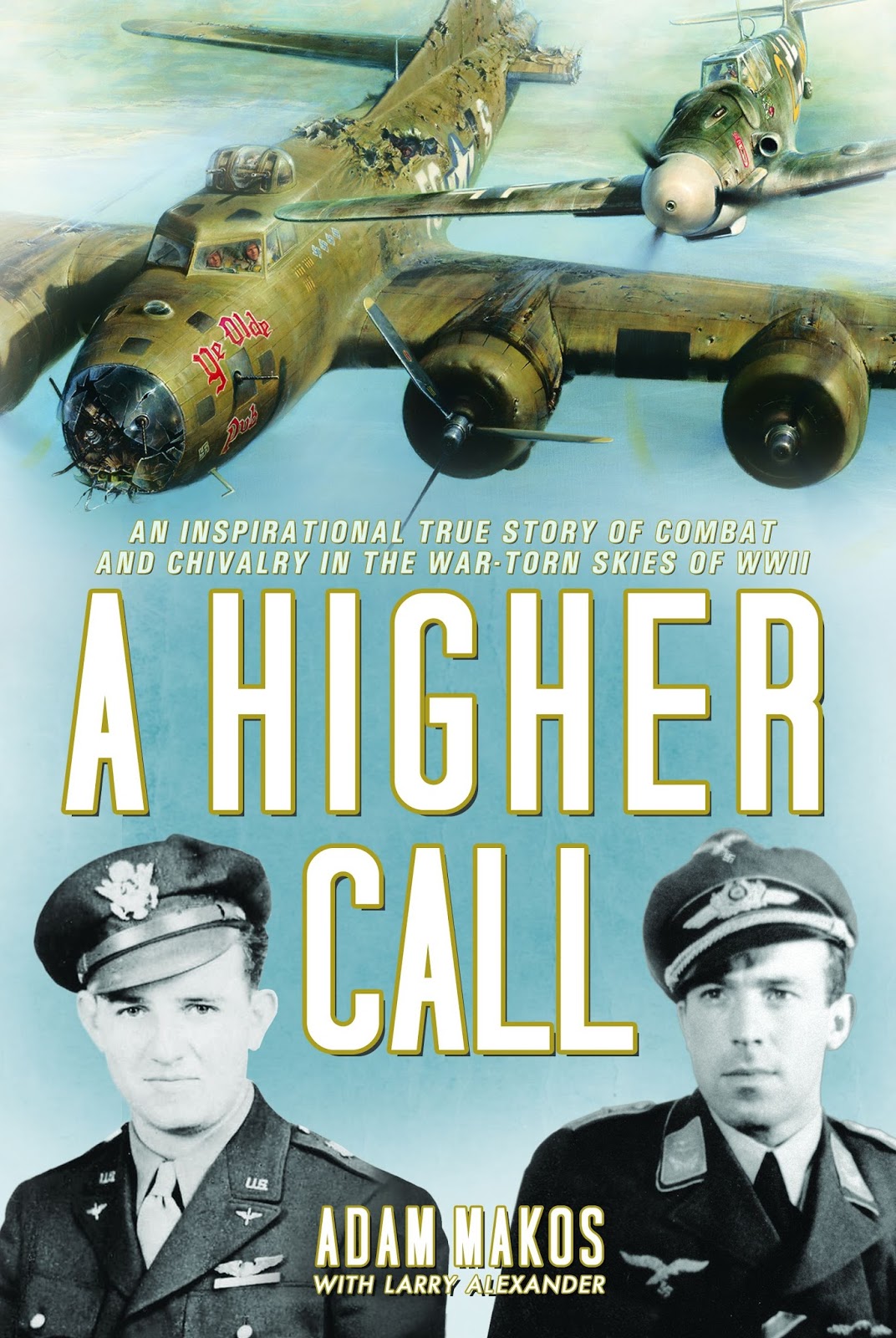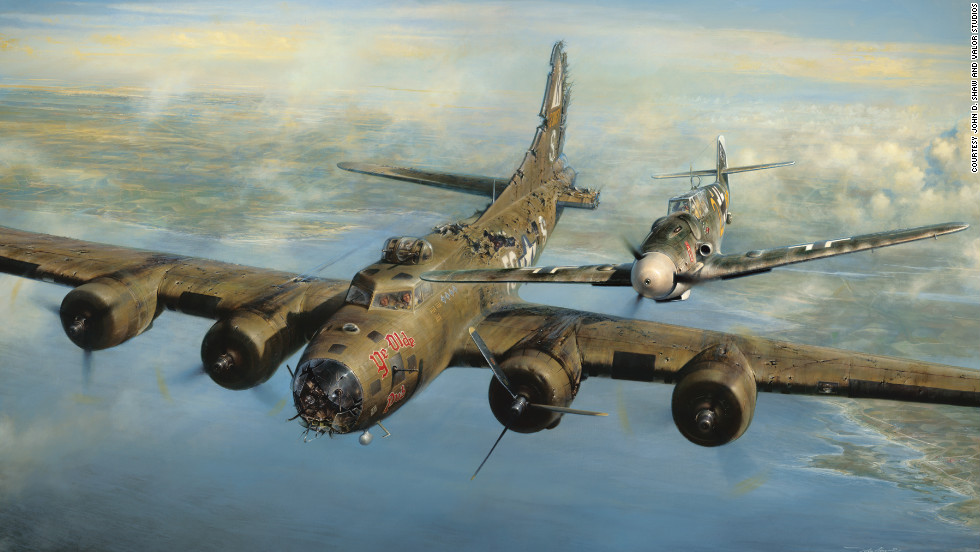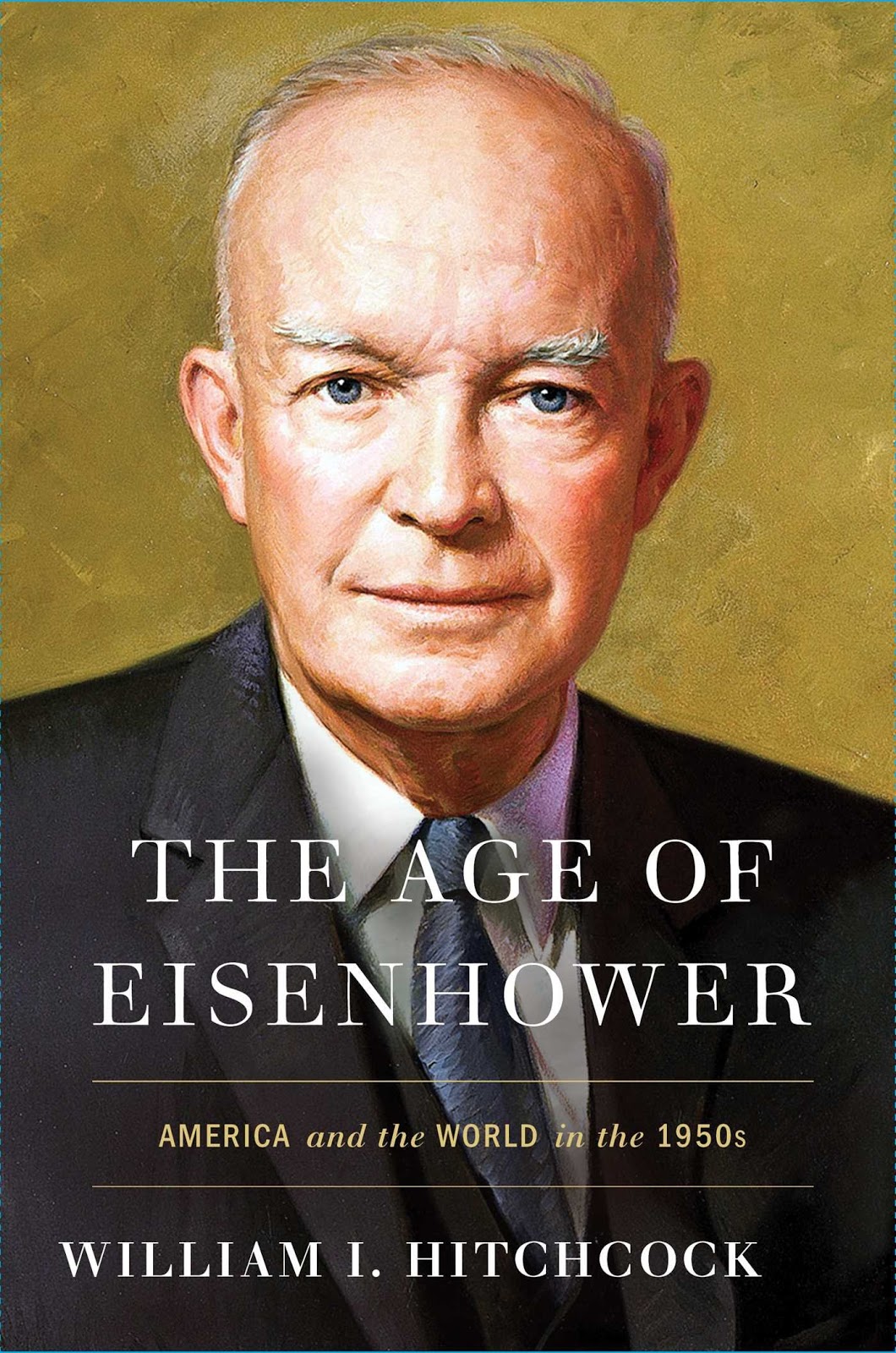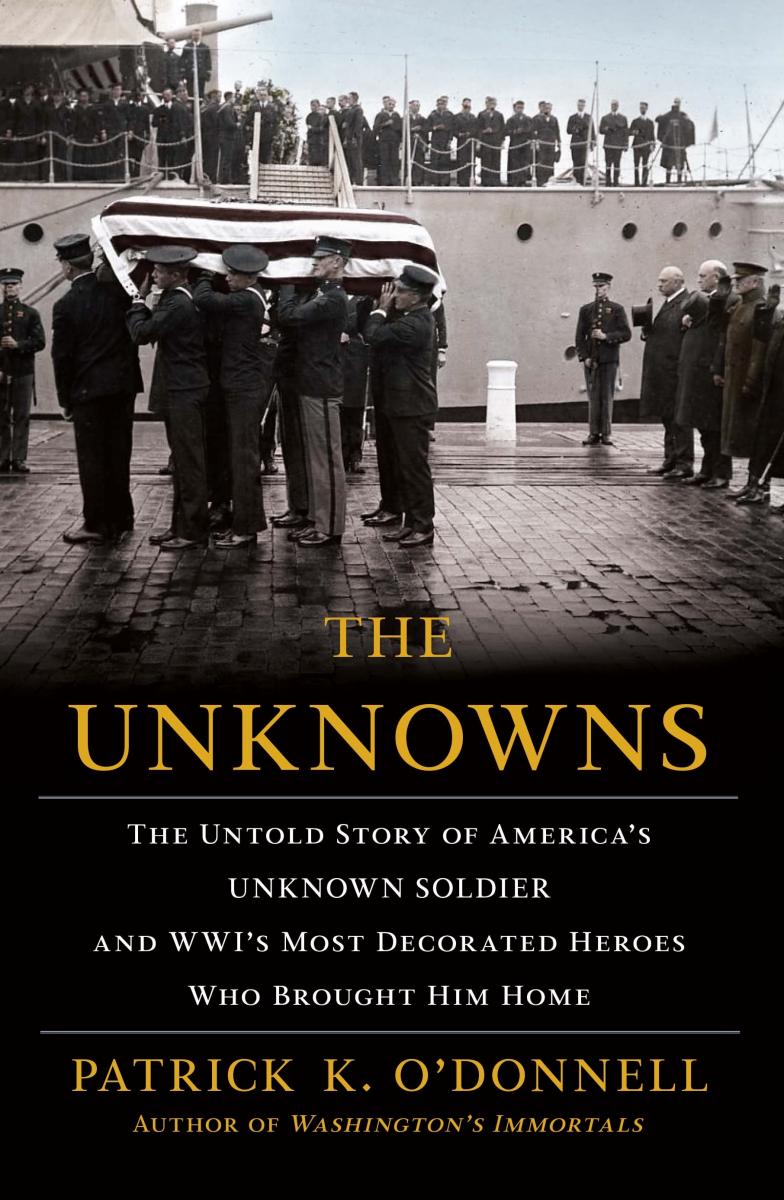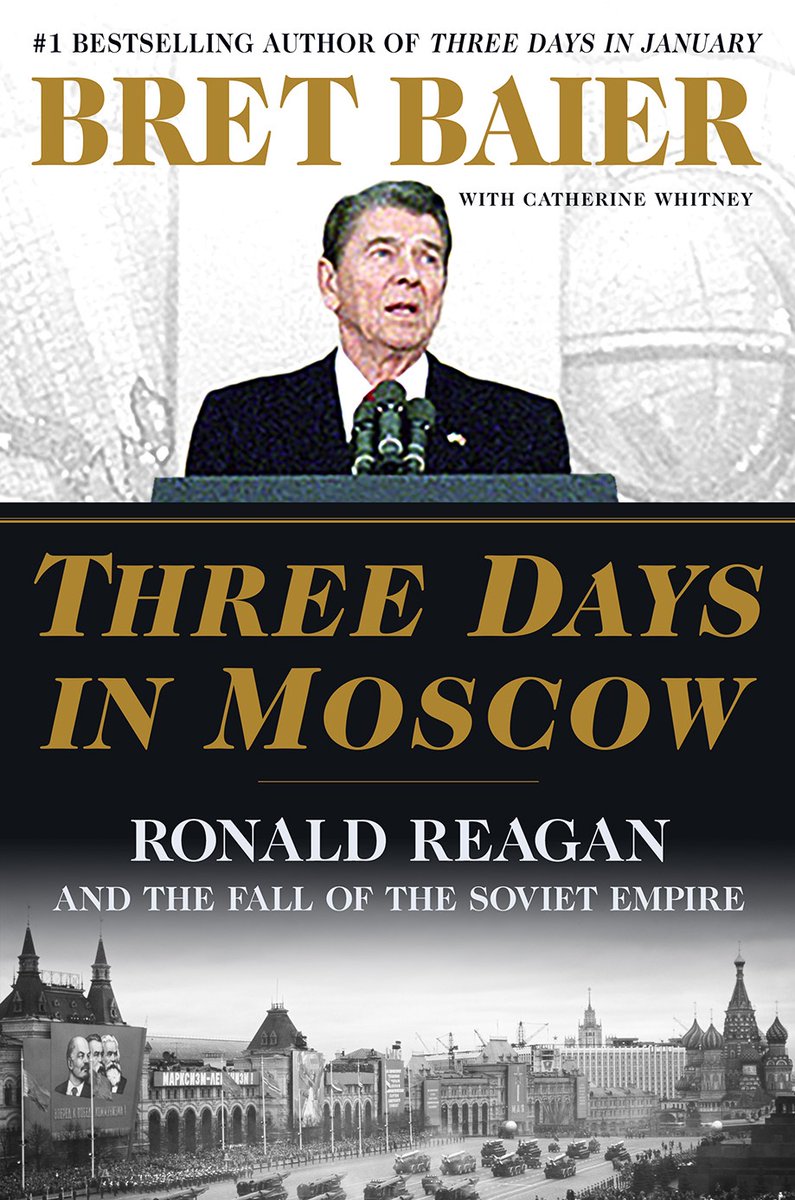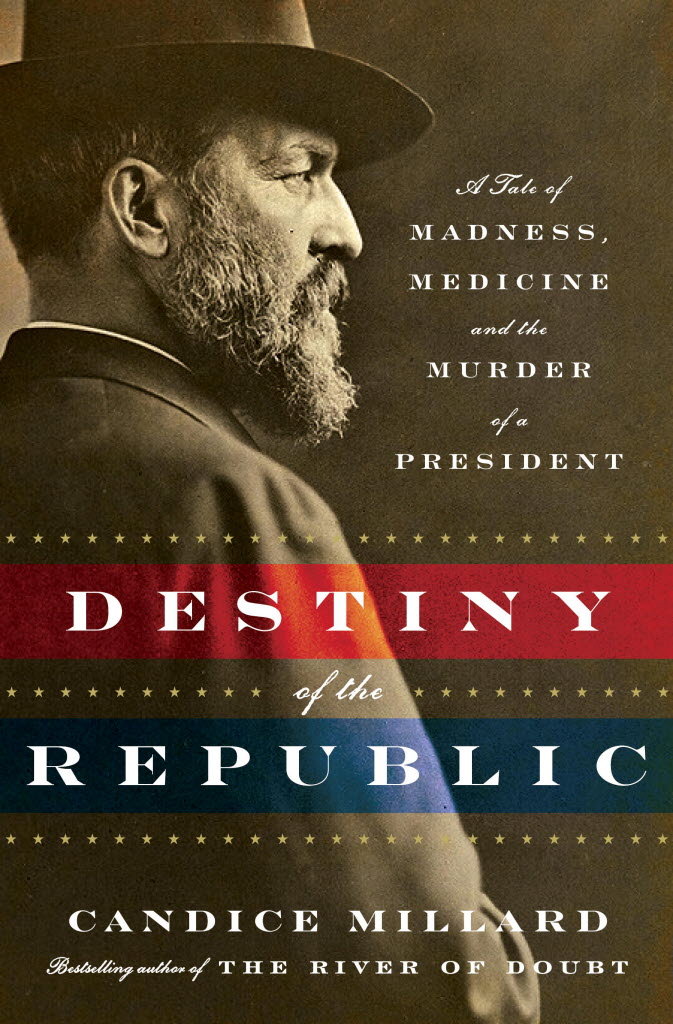
Destiny of the Republic
I will be the first to admit that I knew next to nothing about the 20th President of the US: James A Garfield. But that’s probably the case for many of us.
Garfield was only in office for a mere 3 months. But did you know that Garfield never – not even once – campaigned for the role of the Republican nomination nor for the office of president? He was elected the Republican candidate against his will.
A civil war hero, he was beloved by his party and by his country. He was petitioning civil rights back during the war, and helped to create and pass laws that gave blacks more freedoms. Garfield truly was an amazing man, yet many people today probably don’t even know his name, despite his having held the highest office in the land.
We can make all the excuses we want, but there is no good excuse as to why this man’s name is probably never mentioned in the history classroom, aside from maybe in a list of assassinated presidents. But Destiny of the Republic gives us an inside view of the man. Born in Ohio, Garfield was one of the perfect examples of a man coming from absolute poverty, yet making it to the White House. He worked hard, studied hard, and served his country to the best of his ability.
Then, Garfield was gunned down by and shot twice, once in the arm and once in the back. Yet, surprisingly, Garfield should have survived the assault. The bullet in his back had missed all vital organs and was resting comfortably, where it could do no further damage. So, in fact, Garfield’s death was not the cause of an assassin, but of foolish doctors, who continuously poked and prodded him with unsterilized instruments – and without even washing their hands!
In fact, Destiny of the Republic goes into great detail about the medical beliefs, reasoning, discoveries, and foolishness of the era, giving readers a very clear idea of how Garfield’s life could have been spared if the attending doctors had just followed the advice of their colleagues.
But that’s not the least of it, Destiny of the Republic follows not just Garfield and then his doctors, but follows two other vital characters in the story: Charles J. Guiteau, the assassin; and Alexander Graham Bell, the man who would invent a primitive metal detector to help locate the bullet in Garfield’s back.
The story shifts between these three characters, building up the suspense without any actual explanations at the start as to why Charles J. Guiteau and Alexander Graham Bell are important to the story of James A. Garfield. But, then as the story continues to unfold, all becomes clear. And with it the importance of just why we needed background to all three men in order to understand the full story.
Along the way, we also meet Chester K. Arthur, a man whose life was changed by Garfield’s death. Arthur had the Vice Presidency thrust upon him and he in no way wanted the office of President for himself. And he had a lot of personal hurdles to overcome in order to fill Garfield’s shoes.
Destiny of the Republic is an incredible story about an amazing man whose life could have been spared. I recommend this book to anyone who wants to know more about American Presidents and especially to those who want to know more about our lesser known presidents.
Genre: History
Era: 1880’s
Goodreads: Destiny of the Republic: A Tale of Madness, Medicine, and the Murder of a President.


